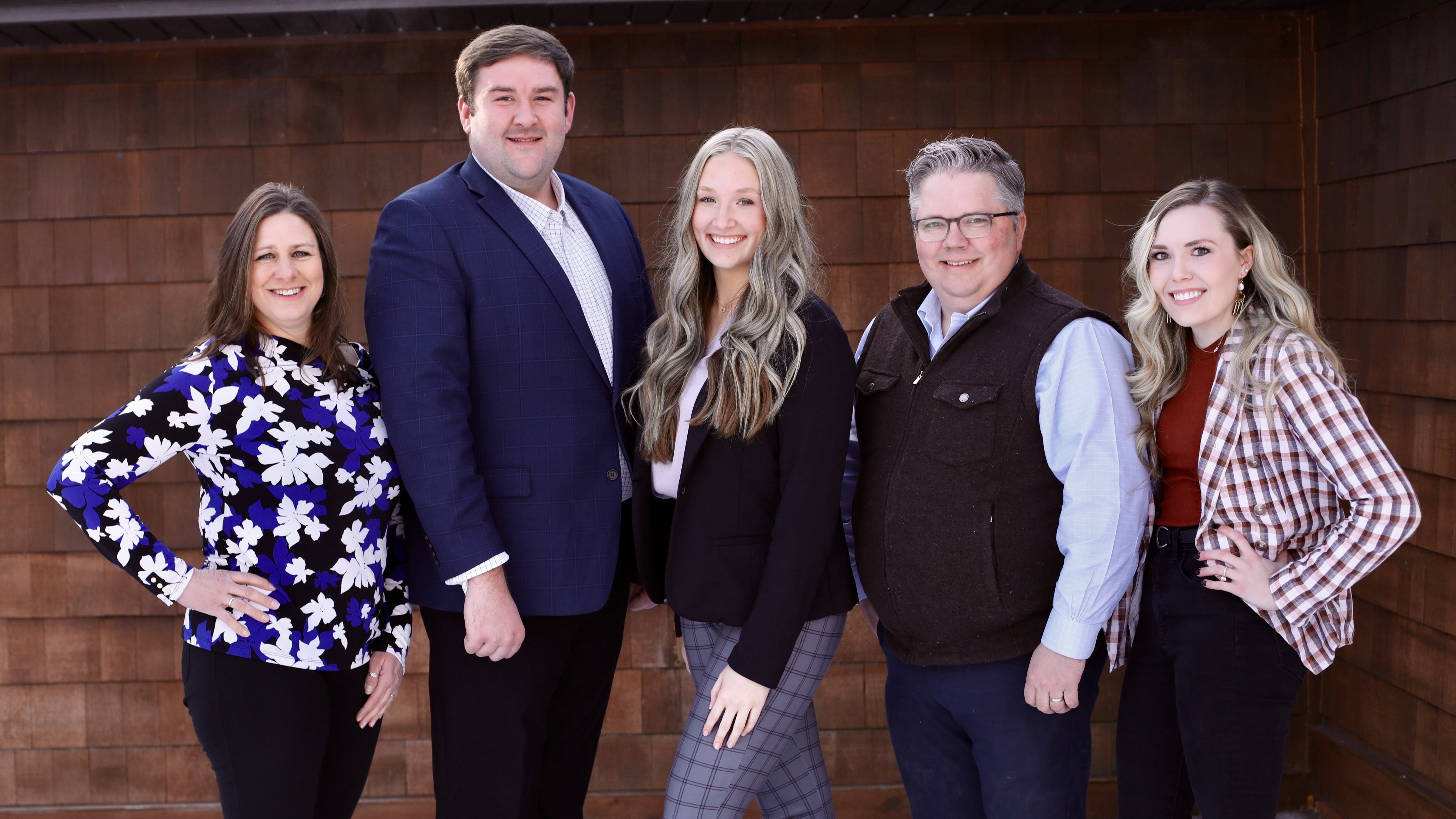The Future of Minnesota Beef
Hey all! To wrap up my second week with the Minnesota Beef Council, I wanted to take the opportunity to introduce you to my upcoming blog series.
When I’m not travelling and keeping you up to date on various Beef Council and Cattlemen’s Association events that I attend over the course of the summer, I will be introducing you to some of Minnesota’s “up and comers” in the beef industry. While I personally don’t have much of a cattle background, my time in Brookings, South Dakota attending South Dakota State University has allowed me to come in contact with numerous Minnesota natives who are deeply rooted in the beef industry. So, I have to ask, what better inspiration for this series?
In conjunction with the individuals I have met during my time as a “Midwesterner”, the inspiration for this series manifested itself during my first week with the council as I was conducting a search for general “fun facts” to include in social media posts throughout the summer. During my search, I stumbled across a statistic that, in my opinion, speaks volumes about the nature of cattle producers and the beef industry as a whole. According to the NCBA, “over 98% of cattle operations are family owned, 78% of farmers and ranchers say they intend to pass their operations on to future generations, [and] 58% of current operations, have been in the family for at least three generations” (NCBA). Now I know what you’re thinking, this is a blog post, is the extensive list of statistics really necessary? Well, let me explain. Growing up in agriculture we hear so much about the increasing age of agriculturists and the inversely decreasing number of family-owned operations (an imminent concern). With that in mind, you can understand why this fact grabbed my attention. However, as quickly as this statistic had me questioning everything I had heard about the demographics of agricultural operations, it also hit home; by that, I mean there was a sense of familiarity with the concept. When I thought about the innumerable cow-calf operations scattered throughout the Yampa Valley I call home, legacy and long-standing tradition no doubt came to mind since many of these operations function with multiple generations calling the shots, but so did the idea of constant progress.
To say the least, being involved in the beef industry can be a family affair, and I hope to shed light upon that in this series. However, in doing so, I also aspire to highlight Minnesota beef’s encouraging future. Throughout my travels, I know I will encounter and converse with forward thinking individuals who acknowledge the importance of past experiences and yet still recognize the importance of tradition - as is so important in agriculture.
That’s all for this post, but I hope you follow along as I explore “The Future of Minnesota Beef”.
-Grace

Share This Page